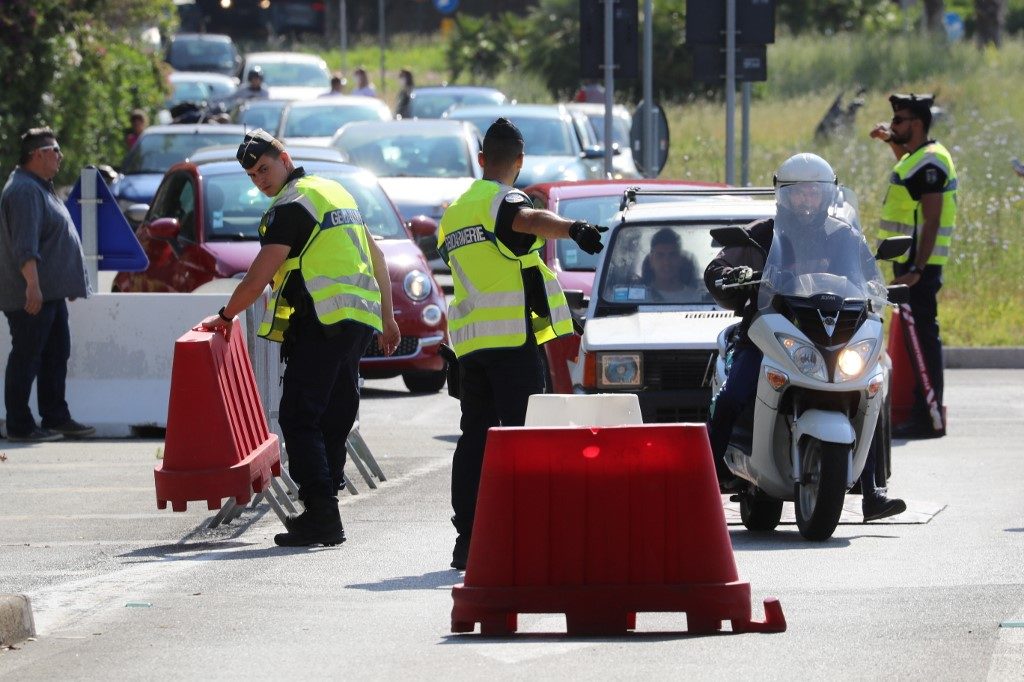
Since italy's nationwide lockdown was announced on March 9th, there have been strict limits in place on non-essential travel into and around Italy.
Travel into the country and between regions has been allowed only for a handful of urgent reasons since the shutdown began.
From Wednesday June 3rd, those rules have been lifted and unrestricted travel between all regions is once again possible.
"We've done it, thanks to the sacrifices everyone has made,"said Regional Affairs Minister Francesco Boccia on Wednesday morning. "Now it's time to focus on protecting the economy and jobs". The risk of infection has not disappeared in the country, however, with 55 more deaths reported on Tuesday and 318 new cases.
Comment: It would be wise to focus on the economy because many in Italy are going hungry and a prominent doctor in Italy has stated that, clinically, coronavirus 'no longer exists'.
Italy is allowing arrivals with no quarantine requirements from the following countries:
- The 26 other members of the European Union
- Schengen Area members Iceland, Liechtenstein, Norway and Switzerland
- The United Kingdom
- Andorra, Monaco, San Marino and the Vatican City
According to the Italian government's latest decree, you will face restrictions if you're coming from one of the approved countries but have visited somewhere not on the list within 14 days of travelling to Italy.
And people travelling from Italy may face restrictions or extra checks imposed by other countries, including within Europe.
Austria has announced that it would keep entry checks at its frontiers with Italy in place.
Switzerland has warned its citizens that if they travel to Italy they will be subject to "health measures" on their return, and said it will open its borders with Germany, France and Austria on June 15th, but not with Italy.
Other countries including the UK are still advising against all non-essential travel abroad.
The shutdown had a major economic impact in a country heavily dependent on the tourism industry. Although Italy never formally closed its borders and has allowed people to cross back and forth for work or health reasons, it banned movement for tourism and imposed a two-week isolation period for new arrivals.
Non-urgent travel from outside Europe is still not permitted, with the EU's external borders closed until at least June 15th.
In late May the EU set out plans for a phased restart of summer travel, urging member states to reopen its internal borders, while recommending that external borders remain shut for most travel until at least the middle of June.
Not all restrictions have been removed from June 3rd, however: some rules remain in place, such as the ban on gatherings and a requirement to wear masks on public transport.
Comment: Notably many countries have decided to retain the ban on public gatherings...
And while travel to and within Italy is allowed, it may still be difficult in practice: trains and ferries are still operating on a reduced schedule, and many airlines are yet to resume flights to the country.



Comment: RT reports Belgium is also lifting travel restrictions: See also: Leaked emails reveal Denmark's PM railroaded country's health authorities and deceived public over coronavirus to justify lockdown